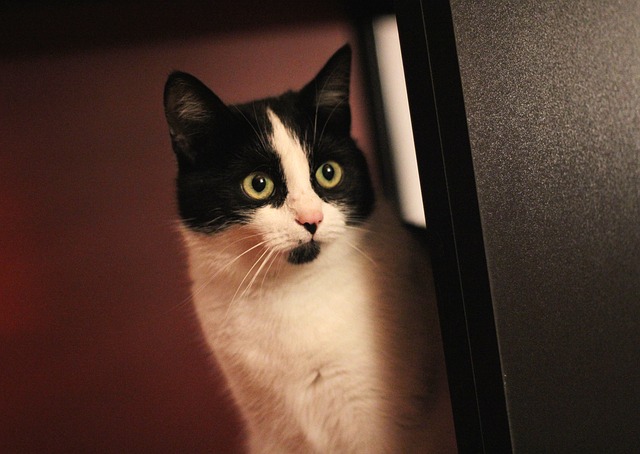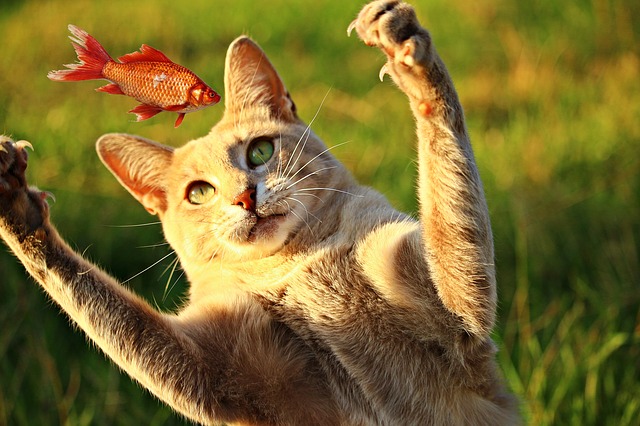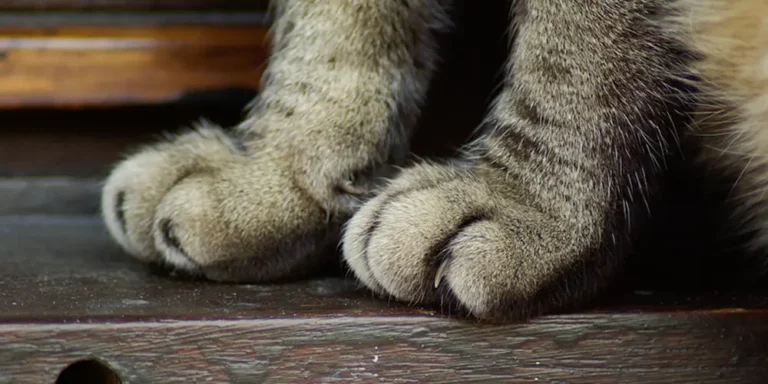What Is the Best Antibiotic for Cats?
In both people and animals, antibiotics are used to treat bacterial infections. Right from the beginning of this post, I have to note that there is no such thing as the ‘best antibiotic for cats’, merely because antibiotics should be used judiciously.
If you’ve never heard of antibiotic resistance, you should know that it exists and that it can be extremely dangerous. Fewer and fewer antibiotics are being developed nowadays, so preventing antibiotic resistance is paramount in both pets and humans.
What is the best antibiotic for cats?
The correct protocol for giving cats antibiotics
Cats can have a wide range of infections and they can be the result of a variety of health problems. Your
Or you might have noticed that your
Outdoor cats are more likely to develop skin infections due to fighting with other cats. Almost every animal, if he or she sustains some kind of trauma, will be prescribed antibiotics either to treat or prevent a bacterial complication.
However, there is a correct and an incorrect protocol to giving cats antibiotics.
Microbiological Cultures
Ideally, you should take your
The samples will then be used to grow a bacterial culture. If any type of germ shows up in the Petri dish, the microorganism will then be examined under the microscope.
Microbiological cultures do not determine to which antibiotic the germ that has caused the infection is sensitive to. They merely tell the specialist what germ they are dealing with.
Antibiograms
Once the specific bacteria that caused the infection is discovered, the veterinary microbiologist will use the culture to perform an antibiogram. What does this mean?
In a Petri dish, tiny antibiotic ‘pills’ will be placed at a distance from one another and then they will be cultured with the microorganism discovered. This might sound a little complex for anyone to understand, but an antibiogram is absolutely necessary in determining the specific antibiotic that kills the bacteria.
For instance, (and I say this due to experience) some examples of the most commonly used antibiotics for pets are the following:
- Enrofloxacin
- Amoxicillin
- Penicillin
- Gentamicin
- Tetracycline
- Metronidazole
- Clindamycin
- Cephalexin
- Sulfamethoxazole
And many, many others. But why are there so many?, you might ask. Well, they have to be so many because if you discover that a bacteria that your
How are cat antibiotics different from each other?
On top of that, not all antibiotics kill the same germs. Some antibiotics work for Gram-positive or Gram-negative bacteria and there’s another difference, too: some kill aerobic bacteria and others kill anaerobic bacteria.
I know that some vets still prescribe or administer antibiotics without going through the steps I have mentioned.
They do that especially if they see that the
And in most cases, this actually works.
Why you should avoid giving your cat antibiotics on your own
But if it works once, that doesn’t mean that it will work again. Let’s take this situation — you bring your
The vet doesn’t do any tests and they treat your
If the bacteria in your feline friend’s mouth was partially sensitive to the broad-spectrum antibiotic used by the vet, it will now likely become resistant to it. If the germ survives, the oral infection will be harder to treat because the same antibiotic will have no effect.
What else can cause antibiotic resistance in cats?
Cats can have repeated infections for another reason, too. If you take your
This happens in humans just as often as it occurs in animals.
To give you an example, if you have a severe respiratory infection and your doctor prescribes you an antibiotic to prevent or treat a bacterial complication, it’s quite likely that you’ll have to take it for anything from 5 to 14 days (or more) depending on the medication.
If you stop taking your antibiotic on the 3rd day just because you don’t feel like taking it anymore or you think you feel fine, there is still a chance of some of the bacteria to have survived. Those that did will be resistant to the antibiotic you just took, so you won’t be able to take the same treatment and have it do its job.
This is the exact same thing that happens in cats. So, if your vet tells you to give your
Different antibiotics for different types of infections
In cats, vets commonly use the following 5 antibiotics:
- Amoxicillin
- Cephalexin
- Clindamycin
- Enrofloxacin
- Metronidazole
Amoxicillin is a broad-spectrum antibiotic that can be used to treat anything from gastrointestinal to skin infections.
Cephalexin is commonly used to treat skin and soft tissue, urinary tract, respiratory, and bone infections.
Clindamycin can be used to treat toxoplasmosis, but it kills a variety of germs that might be responsible for infections of the bones, mouth, or skin.
Enrofloxacin is also broad-spectrum, so it can treat infections of internal organs, gastrointestinal tract, urinary tract, skin, and prostate.
Metronidazole is more commonly used to treat periodontal disease and some suspicious gastrointestinal infections.
Prescriptions
All antibiotics should be given based on a prescription from the veterinarian.
Do not try to give your
I know that there are countries where you can still buy or even order antibiotics online without a prescription, and if you decide to go down that road, please consider that you’re risking causing antibiotic resistance.
A final piece of advice
Also, please do consider that purchasing an antibiotic that hasn’t been approved by an official organization in your country (like the FDA) means that you are putting your pet’s health at risk. Who knows what ingredients might be in those pills you got online from a very distant country?
Please consider getting pet insurance if you don’t want to go bankrupt the next time you go to the vet. Always go to the veterinary clinic if you notice that something is wrong with your
I know I might have gone on a bit of a rant in this post, but I deeply care about this topic.Â






